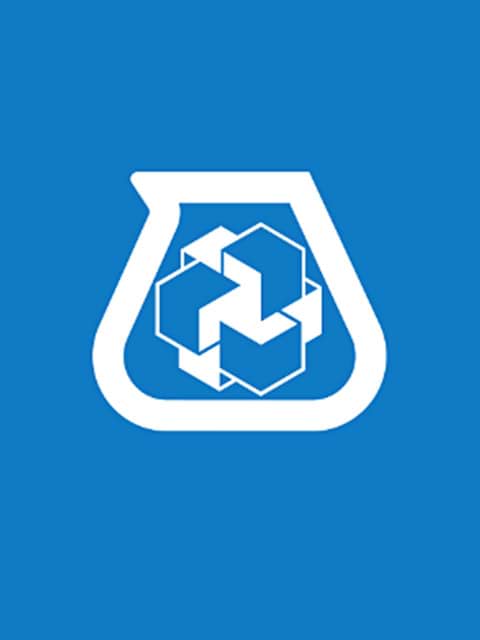 Browse by PRODUCT LINES
Browse by PRODUCT LINES
 All product lines
All product lines
 Search products
Search products
 In the spotlight
In the spotlight
It’s 3 o’clock on a Friday afternoon, you are down a man and the homeowner is tapping their foot and looking at their watch—asking when their tile installation in the shower is going to be finished? Do you grab for a bucket of mastic or continue with cement-based mortar to finish up the 12” x 24” tiles in their shower?
While we all enjoy the ease of using mastic adhesives—no measuring, no mixing, just trowel it right from the bucket and start tiling, with little to no sag. And since you only use what you need, there is virtually no waste, just seal the lid back on the bucket until the next tile project. However, professional tile installers understand that there are limits to what mastics adhesives CAN and CAN’T do—that fine line between a job well done and a call back.
Tile Installation -Mastic Adhesive
It basically comes down to chemistry, mastic adhesives are organic, which means they dry by evaporation. If this process is impaired or interrupted the mastics will stay wet until the evaporation process resumes. These mastics (ANSI 138.1 Standard Defined as Type I or Type II or ISO 13007 D1 or D2) are specifically formulated for interior-only installations in light-duty commercial or residential applications, such as walls, countertops and floors. Depending on the formulation, some of mastics can be used in intermittent wet applications that experience minimal water exposure like on backsplashes, tub surrounds and shower walls and floors (see manufacturer’s recommendation for shower floors). Since mastics are primarily formulated for dry environments, the are not suitable for swimming pools, exterior installations, or in areas exposed to high temperatures, exceeding a 140°F. Organic materials love to provide a ready-and-willing environment for mold and mildew to develop and grow in the presence of moisture. Also it is important to note depending on the absorption of the substrate, tile and joint size, the evaporation process can be greatly inhibited, slowing or stopping the drying process (ie: masitc adhesives should never be applied over waterproofing membranes). So drying times are only an estimate, if your tile is at the larger end of the recommendation and the joint width is at the smaller end (ie: 1/16") of the recommendation, it will take longer to dry.
 Tile Installation -Cement-Based Mortars
Tile Installation -Cement-Based Mortars
Whereas cement-based mortars, hydrate, meaning that when the powder and water are mixed together they generate an exothermic chemical reaction dissipating the moisture from the mortar as it hardens and cures. That is why, depending on the formulation, you can pour cement under water and it will cure. This makes cement-based mortars the perfect choice when tiling in environments that will be exposed to the elements, like exterior wall facades. Or in applications that require that they perform for years in a submerged application, like a swimming pool or fountain. These mortars are perfect for residential, commercial and industrial applications, in submerged applications as well as dry applications. But even with cement-based mortars there are different formulations and features, so always check with the manufacturer for specific uses, features and limitations.
The key to being successful with mastic adhesives is to closely follow the manufacturer’s recommendations for installation environment, suitable substrate and tile and grout size limitations. If used for the ‘right application’ they can save the installer or DIY’er —time, material waste and money.


Technical Services at 1-800-992-6273
Customer Service at 1-800-426-2734 (1-800-42-MAPEI)
Comments
Load more comments